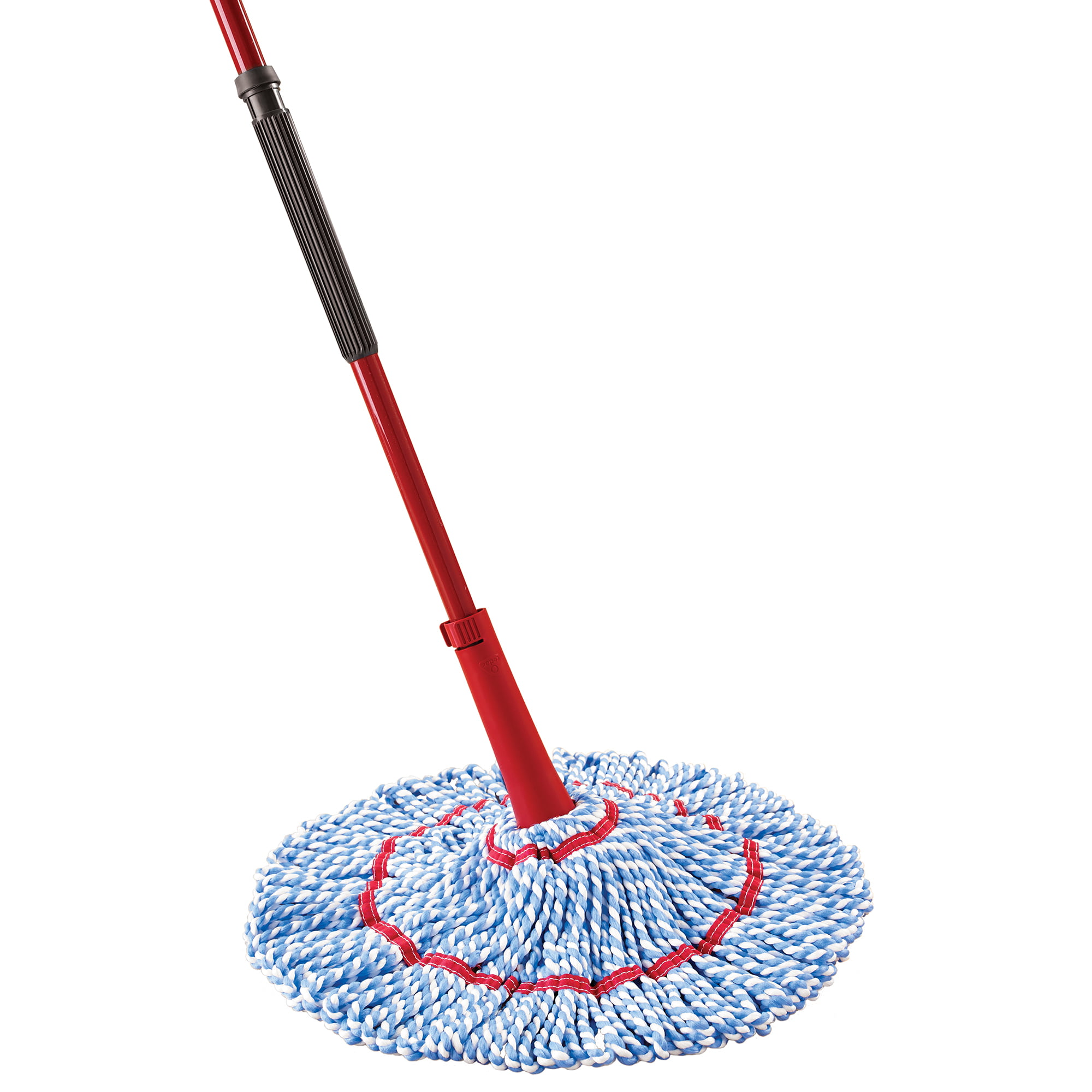BATHROOM & TILES
An ounce of prevention is worth a pound in cure. Allow THE TEAM in PROFERE PROPERTY MANAGEMENT to give you a simple guide on general flooring and bathroom cleanliness. VCT (Vinyl Composition Tile)

As needed: Remove finish (if any).Dust mop and clean with an 4:1 emulsifier solution.Apply to floor and allow to dwell for 15 minutes.Agitate with floor machine and black pad, remove with wet vac.Check floor thoroughly for any missed spots.Helpful tip: For new floor, check with the installer for appropriate cure times before applying excess cleaning solutions or floor strippers.
Concrete
Daily: Keep free of debris and dust using a dust mop.Cleanse concrete with a low suds cleaner and an automatic scrubber, the most productive and economical choice for cleaning concrete floors.Helpful tip: Automatic scrubbers are sized to the total area of the facility and the width of any areas needed to be cleaned. Larger units may be used for open areas and rider scrubbers increase productivity.
Terrazzo
Daily: Dust mop or broom sweep. Use a good mating program to keep most dirt localized at the door and prevent it from grinding down the coating. Dust/mop up dirt that does get inside.
Weekly: Wet mop with all-purpose cleaner.Pro tip: The type of mop you use can make a significant difference in the overall cleanliness of your facility.
Quarterly: Reseal floors with a water-based sealer.Annually or Biannually: Undergo a gloss restoration. Floor surface must be clean, dry and have all previous finish materials removed.Dust mop floor with a dust mop system to remove all debris.Strip all finish from the floor with a rinse-free stripper.Prepare the clean floor surface with the recommended floor pad.Apply a stone floor coating per label directions.
Ceramic Tile & Grout
Daily: Clean with a traditional wet mop system, deck brush or automatic scrubber that utilizes cylindrical brushes. Avoid acidic cleaners.
Pro tip: The size and material of your wet mop should be taken into consideration when developing your cleaning system. Biweekly: Deep scrub grout with all-purpose cleaner.Annually: Reseal grout and apply according to label directions to a clean floor. Applying a grout impregnator will repel moisture and protect grout from soil, grease and oil.Helpful tip: Seal tile upon installation before any other maintenance. This should be the only time you have to do this if the floor is maintained properly.
Carpet

Daily to Weekly: Depending on traffic, vacuum with fresh filter bag for maximum airflow and effectiveness.
As Needed/Quarterly: Remove residue (if any) with an extraction cleaner. Increase dilution ratios to compensate for the soil loading.
Encapsulation
The encapsulating chemical is brushed in, distributing it throughout the carpet pile, and allowed to dry. As it dries it crystallizes around the sticky, oily soils adhered to the carpet fibers causing them to release from the fiber.In 20 minutes when they are dry (or at the next scheduled vacuuming) they can be vacuumed out.
Drying
After encapsulation utilize several carpet fans to dry the area before re-opening to foot traffic.Helpful tip: High soil load areas need to be vacuumed with upright vacuums with brush bar agitation.
Matting
Daily: Vacuum to remove any dirt and debris trapped by matting.Seasonally (winter/early spring): If you can see that telltale whitish haze after vacuuming, this means that matting is full of ice melt residues that need to be removed.
Manual Process: Dilute an all-purpose cleaner at 1-2 ounces per gallon.Work it into the surface with the brush.
Extractor Process: Use an extractor with an encapsulating chemical to flood the matting. Wait about 10-15 minutes of dwell time, and then extract the solution.Check the water in the recovery tank. If it’s still dark and dirty, repeat until the extracted water is clear.
Helpful tip: When extracting, allow the cleaning solution to flood the matting by using your extractor without the vacuum engaged. This gives ample time to dissolve the salt residues and to break up and suspend oily soils.
Bonus tips: As always, pay special attention to high-traffic areas like entrances, lobbies and busy hallways.Consider using floor mats for high traffic areas on all flooring types. They will be your first line of defense against soils and substances tracked inside of your building.Be on the lookout for buildup from soaps and cleaners that can make the floor slippery. Rinse the problem areas with water as needed.
Mop selection guide

Incorporating the right selection of mops in your facility’s cleaning system is a key part of developing an effective floor care plan. Use our mop buying guide to pick the right mop and keep your facility clean.
Mop size makes a difference. Mops come in sizes ranging from small to extra large. These sizes are based on the amount of water the mop can hold. While some might assume that a larger mop provides greater cleaning power, this is not always true. The size of the mop should fit the size of the worker using it. Stock up on mop heads in a variety of sizes to make sure there’s a mop to fit everyone on your cleaning and maintenance crew.
Consider the material. Different mop materials offer different advantages. For facilities without laundry capabilities, a cotton mop is ideal for single use. Mops made from rayon or a rayon-cotton blend can be washed and reused. If your facility is equipped with laundry capabilities, this can save on operating expenses in the long run. Microfiber mops are a sound investment because they are washable and require less water and cleaning solution to wash a surface, making them lightweight and efficient.
Keep construction in mind. How a mop is made affects its ability to clean effectively. Look for a mop that has looped ends to ensure thorough coverage. A mop with a tailband, which is a stitch at the bottom of the mop above the loops, will give the user more control over the mop. Mops that don’t have cute ends are inexpensive and lightweight, but typically not reusable.
BATHROOM
Cleaning bathroom sinks
Clean your bathroom sink with a general-purpose spray cleaner or a mixture of vinegar and water (one cup vinegar to one cup water). For stubborn grime, scrub the sink with a mildly abrasive cleanser or a paste made from baking soda and water. Vinegar works well for removing soap scum. Dry the sink with a soft cloth to keep it gleaming.
Cleaning Showerheads and Faucets
The best cleaning method for showerheads and faucets depends on composition. To remove lime from showerheads made with chrome, stainless steel, or other protected metal surfaces, fill a plastic bag with white vinegar. Attach the bag over the showerhead with a rubber band. Wait one hour, then remove the bag of vinegar and turn on the shower to flush away the vinegar and sediment. Polish with a soft cloth.
For fixtures with oil-rubbed bronze or brass finishes, it is often recommend that you use only water for cleaning. This is especially true of fixtures with “living finishes” that are intended to change over time. Refer to the manufacturer’s care instructions since cleansers can damage a specialty surface. And if in doubt, always test a cleaning product on an inconspicuous part of the fixture so that any damage to the finish is hard to spot.
Cleaning the Toilet and Toilet Bowl
Spray the toilet exterior with a general purpose cleaner or mixture of vinegar and water. Wipe clean. Use a mild cleaner such as dish soap with water to clean the surface of the toilet seat. Sanitize the bowl by scrubbing with antibacterial toilet cleaner or 1/4 cup bleach to 1 gallon of water. Wipe off any splashes or drips on surrounding area with a soft dry

